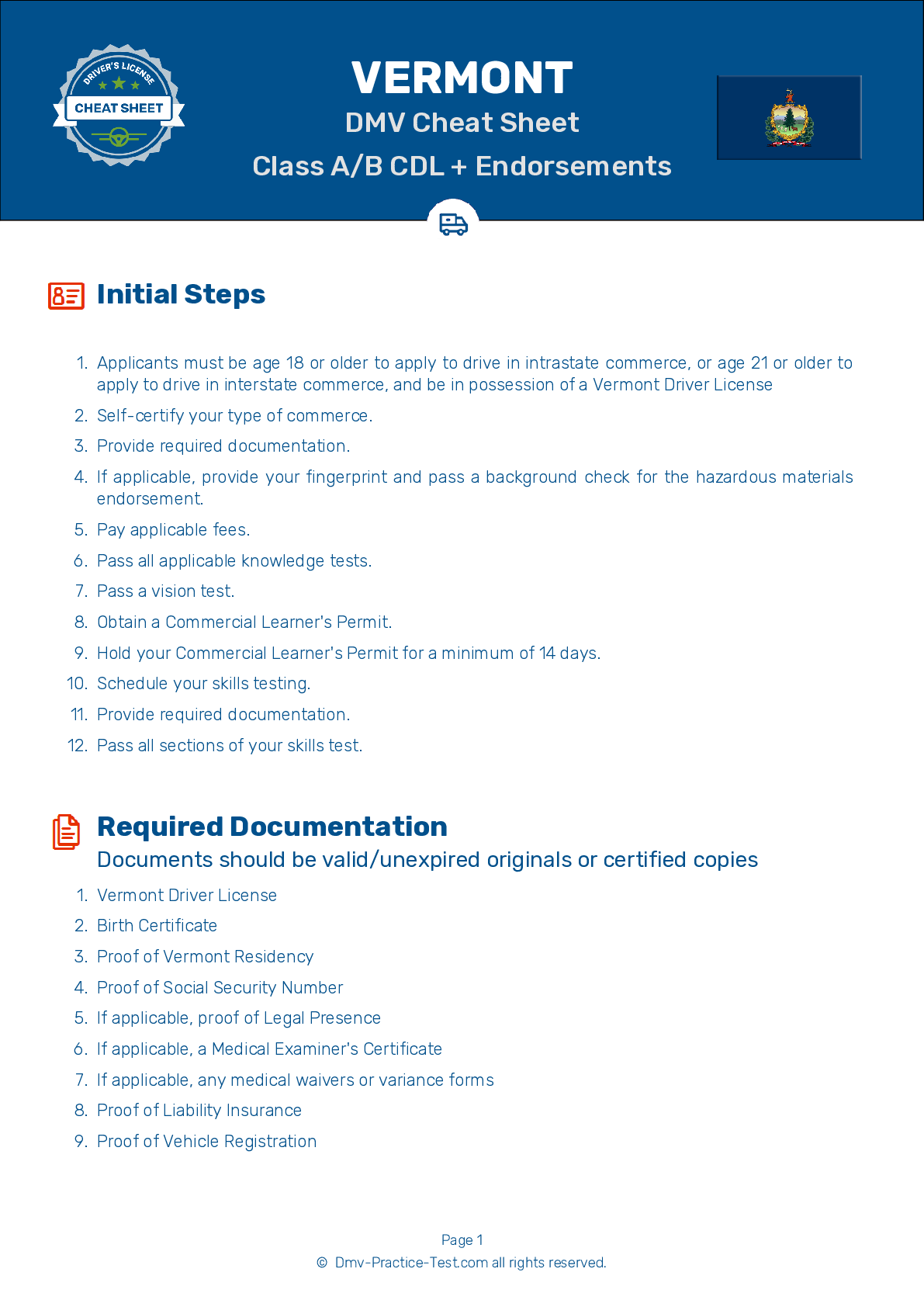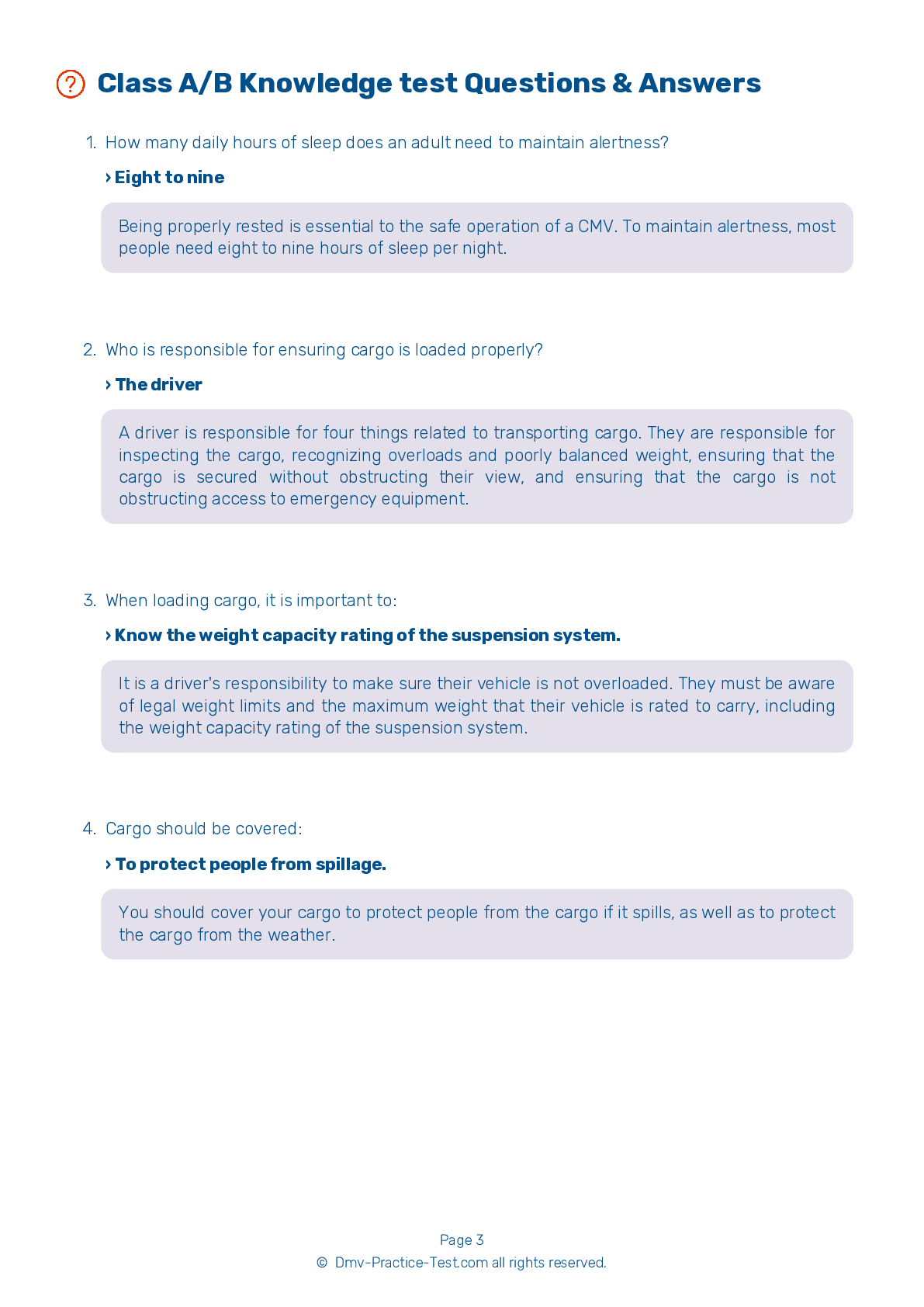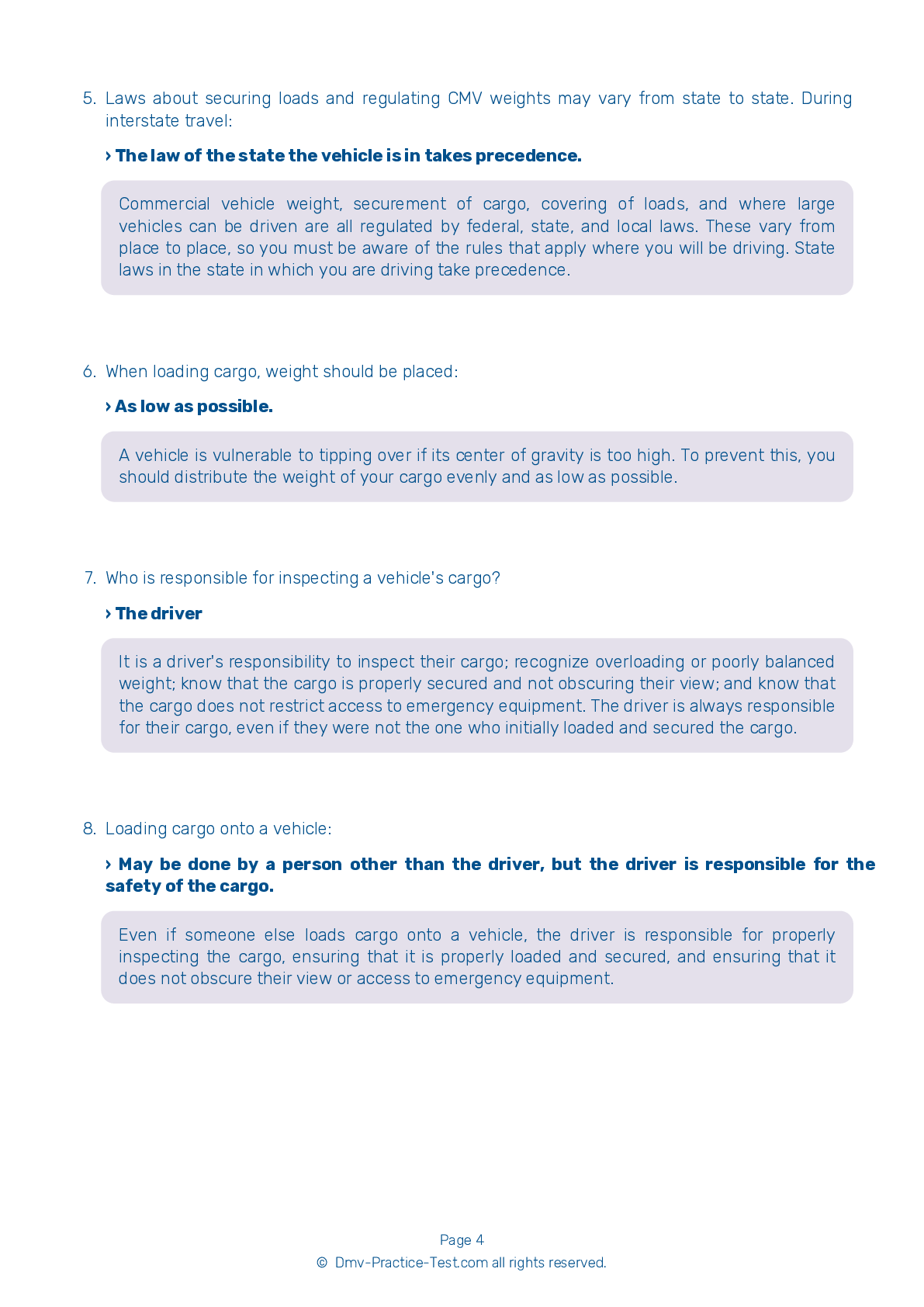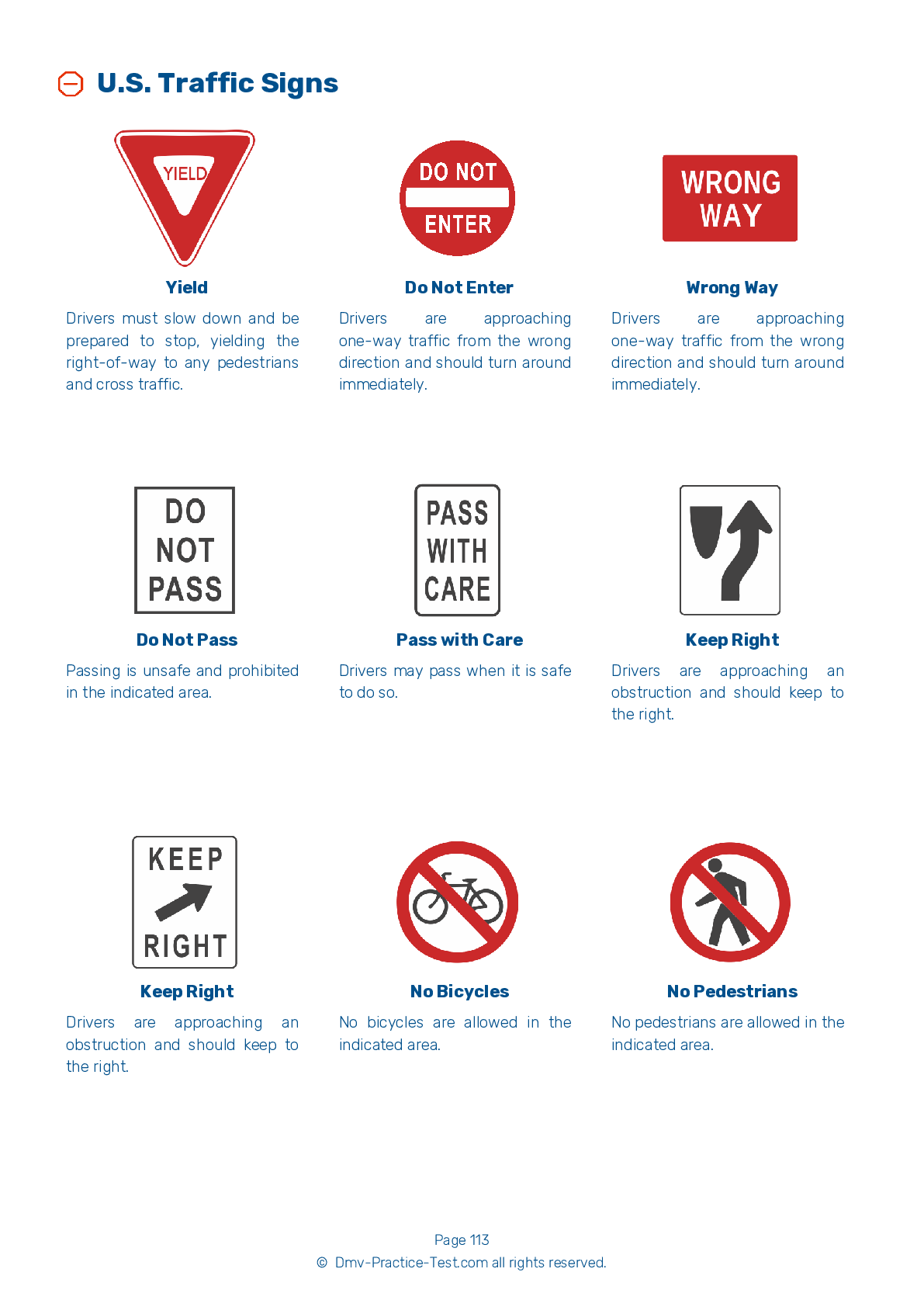Bus #1
Bus Driver Testing | Vermont 2025 #1
Train for FREE online with our VT bus CDL test. The official exam test consists of several obligatory parts, with all of them checking your knowledge of different blocks of road rules. If you need to obtain a license in Vermont in 2025, learn how to become a bus driver and then practice as much as possible. Free sample tests published on our website will help you check and improve your knowledge and boost your grades. Please bear in mind that DMV requirements for a bus driver may vary from state to state.
20
16
20
1 . Crossover mirrors help the driver see:
Crossover mirrors are used to help a driver see the danger zone area directly in front of a school bus. The mirrors should also display the danger zone areas to the left and right sides of the bus, including the area from the front of the bus to the service door.
2 . ABS allows you to:
Anti-Lock Braking Systems (ABS) help prevent brake lockup when driving on slippery surfaces. If a driver brakes too hard on a slippery surface, ABS makes it easier for the driver to maintain control of their vehicle. A vehicle equipped with ABS should be driven and braked in the same way as a vehicle without ABS.
3 . When a school bus is approaching a bus stop, the driver should:
School bus drivers should approach stops slowly and cautiously.
4 . When alley docking, you should first:
If you are asked to alley dock, you should first pull past the alley and stop your vehicle in a position that is parallel to the outer boundary. From there, you should back your vehicle entirely into the alley parking area. Your vehicle should be parked in a straight position within the boundaries of the parking space.
5 . When approaching a school bus stop, the bus driver should:
A school bus driver should always approach bus stops slowly and cautiously.
6 . Properly adjusted flat mirrors on a school bus should allow the driver to see ____ behind the bus.
Proper mirror adjustment is vital to the safe operation of a school bus. A bus's flat mirrors should be adjusted so the driver is able to see 200 feet, or four bus lengths, behind the bus.
7 . Bus stops may be changed by:
Official school bus routes and stops are established by the local school district. Drivers should never change a stop location without the written approval of an appropriate district official.
2025 Vermont | Frequently Asked Questions
A CDL Class A license in Vermont is defined as a commercial driver's license that allows the holder to operate any combination of vehicles with a Gross Vehicle Weight Rating (GVWR) of 26,001 pounds or more, provided the GVWR of the vehicle(s) being towed exceeds 10,000 pounds. This typically includes tractor-trailers and truck and trailer combinations.
A Class A CDL license in Vermont allows the holder to operate vehicles such as tractor-trailers, truck and trailer combinations, tank vehicles, livestock carriers, and flatbeds. It covers any combination of vehicles with a Gross Vehicle Weight Rating (GVWR) of 26,001 pounds or more if the towed vehicle is over 10,000 pounds.
To obtain a Class A CDL license in Vermont, you must be at least 18 years old (21 for interstate driving), have a valid driver's license, pass a vision exam, and pass the General Knowledge test. You must also pass the Combination Vehicle test and a Pre-Trip Vehicle Inspection test. Lastly, you'll need to pass a skills test in the vehicle type that fits a Class A license.
In Vermont, you must be at least 18 years old to qualify for a Class A Commercial Driver's License (CDL) for intrastate driving (within Vermont only). However, you must be at least 21 years old to drive interstate (across state lines), carry hazardous materials, or transport passengers.
Specific endorsements aren't required for a Class A CDL license in Vermont, but they can provide additional driving privileges. For instance, if you plan to haul hazardous materials, transport passengers, or drive tank vehicles or double/triple trailers, you would need to obtain the corresponding endorsements by passing specific knowledge tests.
The Class A CDL skills test in Vermont has three parts: the Vehicle Inspection Test, the Basic Vehicle Control Test, and the On-Road Driving Test. The test assesses your ability to inspect your vehicle before driving, control the vehicle during different maneuvers, and drive safely in various road and traffic conditions.
Yes, there are limitations for Class A CDL license holders in Vermont. For instance, drivers under 21 can only operate within Vermont (intrastate). Also, certain endorsements like HazMat require a driver to be at least 21. Furthermore, drivers are subject to strict blood alcohol content levels and may face severe penalties for violations.
In Vermont, the written Class A CDL test is primarily offered in English. However, some locations may offer the test in other languages. It's best to contact the local DMV office directly to inquire about language options. For non-English speakers, an interpreter service may be available but it's subject to certain rules and restrictions.
Yes, you can request accommodations for the Class A CDL written test in Vermont if you have a disability. The Vermont DMV is committed to providing equal access to all services, including testing accommodations. These may include sign language interpreters, extended testing time, or tests in alternative formats. Contact your local DMV office to discuss your specific needs.
Yes, if you don't pass the Class A CDL written test in Vermont, you can retake it. However, you must wait at least one day before retesting. There is also a retesting fee that you'll need to pay each time. It's advisable to review your study materials thoroughly before attempting the test again.



